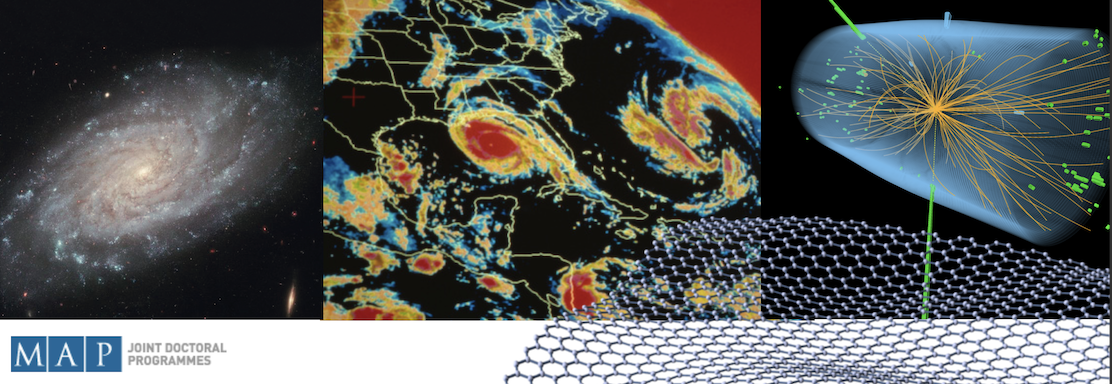Speaker
Description
Meteorological re-initialization with chemistry recycling and spectral nudging above the planetary boundary layer have been frequently used simulation techniques in online coupled meteorology-atmospheric chemistry regional models to study aerosol-radiation-cloud interactions. While these model-running methods may reduce meteorological drifting from the observed atmospheric state, their impact on simulated aerosol feedbacks remains poorly understood. In this study, the Weather Research and Forecasting model coupled with Chemistry (WRF-Chem) is used to evaluate the influence of both run approaches on simulated aerosol interactions during an extreme dust event that affected the Iberian Peninsula between 7 and August 12, 2010. To evaluate the model’s ability to simulate key atmospheric parameters for aerosol feedback modelling, the simulated global, direct, and diffuse radiation components, as well as aerosol optical and cloud microphysical properties, are compared with multiple satellite-based products. Furthermore, the impact of each simulation approach and of dust aerosol on direct, semi-direct, and indirect effects is also explored.
| Which topic best fits your talk? | Climate and Environment |
|---|

